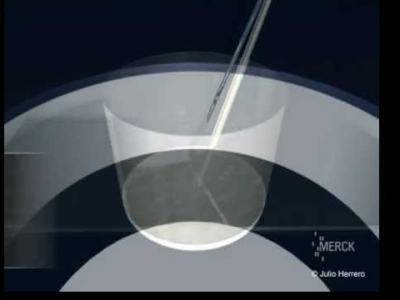Diagnosis of oligospermia: seminogram and hormonal analysis
The oligospermia or oligozoospermia is a seminal alteration that consists of having a small amount of sperm in the ejaculated semen.
Since oligospermia does not produce any symptoms that the male can recognize, it is difficult to find out about this condition until the couple tries to have a child and can not.
The oligozoospermia can be diagnosed by a fertility specialist with these two simple tests:
Seminogram also called spermiogram . It is used to evaluate the sperm parameters of the semen with a microscope. Blood analysis provides information on the levels of male sex hormones and if there is any alteration.Below you have an index with all the points that we will discuss in this article.
Index- 1. The seminogram
- 1.1. Macroscopic examination
- 1.2. Microscopic examination
- 2. Hormone analysis
- 2.1. Interpretation of results
- 3. Medical history
- 4. Questions from users
- 4.1. What are the causes of having few sperm in the ejaculate?
- 4.2. What types of oligospermia are there?
- 4.3. How is the diagnosis of an extreme oligozoospermia?
- 4.4. What happens if the diagnosis results in few sperm and are slow?
- 5. Recommended reading
- 6. Bibliography
- 7. Authors and collaborators
The seminogram
The semengram is the main diagnostic test in an andrology laboratory to confirm semen quality. In addition to the concentration of sperm, it also provides data on mobility, morphology, vitality, etc.
To perform this test with the maximum guarantees, it is necessary that the man keep 3 to 5 days of abstinence. Next, the sample must be obtained by masturbation in the clinic, where the ejaculate is collected in a boat and taken to the laboratory for analysis.
A sample of semen has oligozoospermia when the concentration is less than 15 million sperm per milliliter.
The seminal sample is left to liquefy in the laboratory and then proceeds to do two types of examination:

Hormone analysis
Once the oligospermia is diagnosed with the semengram, the blood test can help us find out the cause that is causing it.
The hormones that influence male fertility are the following:
FSH is produced by the pituitary gland and its function is to stimulate the production of sperm in the testicle. A high FSH value indicates that spermatogenesis is not effective and a lower number of sperm is produced. The normal values of FSH are 1.0-12.0 mUI / ml. It inhibits Bes secreted by the testis and acts in the regulation of spermatogenesis causing the amount of FSH to decrease. Therefore, high levels of inhibin B confirm that there is sperm production. A normal inhibin B value would be 140 pg / ml.In conclusion, there is an inverse correlation between the levels of FSH and inhibin B.
Hormones that act in spermatogenesis
Comments
Post a Comment